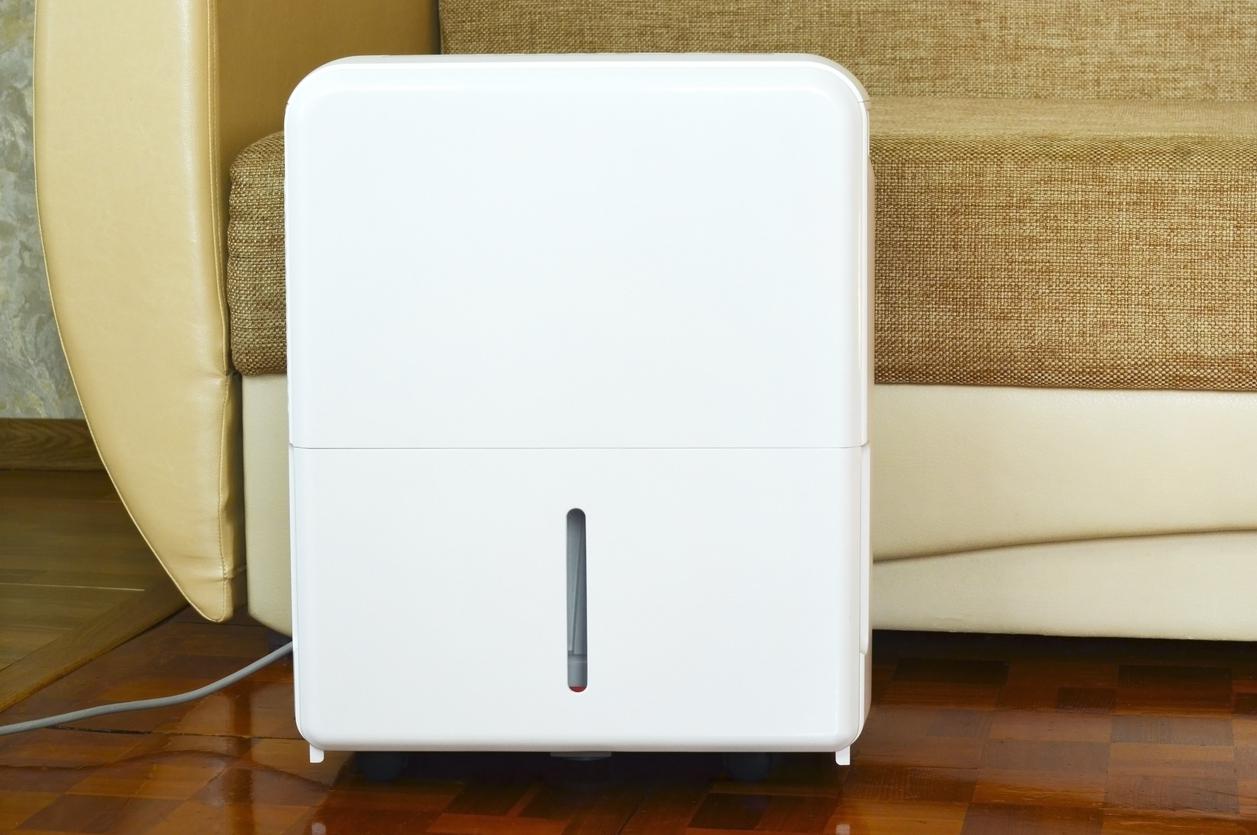Indoor Air Quality Tips for Humid Environments
Living in a humid environment has advantages such as beautiful greenery and a vibrant ecosystem, but for your home’s interior it can quickly turn into a nightmare. Without proper regulation, the air can be a muggy and uncomfortable atmosphere. Even worse, it can foster the bacterial growth like of mold and mildew, opening the door for terrible allergies and respiratory problems. The good news? There are certain things in your control to regulate the humidity and limit the potential for harmful effects. Here are some tried-and-true methods for improving your air quality in humid environments:
Monitor Your IAQ
Indoor Air Quality (otherwise known as IAQ) is measured on a scale from 0-500. The higher the number, the worse the air quality is. A normal home should register between 0-100. Once the threshold is surpassed, it qualifies as a polluted environment that could produce negative health effects. You can buy an IAQ monitor to help and track and manage these levels.

Control the Humidity
To achieve better IAQ, controlling the humidity in your home is a great first step. If you notice condensation buildup on your walls and windows, musty or moldy odors, rooms that feel muggy, moldy and rotting wood, or higher volume of allergy issues, it is safe to suspect that it is far too humid in your home. The ideal range of humidity for a home that is safe from mold and mildew and isn’t too dry and uncomfortable is between 30% and 50%. Limit cooking with covered pots and boiling water in general, taking long and hot showers, and air drying clothes inside to avoid further increases in humidity levels. Humidifiers and dehumidifiers are simple and effective ways to make sure that you stay in the optimal range. Regular cleaning of these machines is also necessary to ensure that they are working as efficiently and effectively as possible. Many HVAC systems also have attachments you can equip that include both humidifiers and dehumidifiers.
Ventilate Your Home
Proper ventilation is another proactive way you can help to regulate the humidity in your home and achieve the ideal range for your IAQ. One of the best ways to make sure you are achieving the best possible ventilation is by regularly checking and replacing your air filters indoors. An overused filter not only hurts your home’s ventilation, but also the air quality itself. Ensure that all of your exhaust fans throughout your home are vented to the outdoors and working properly, especially your dryer, which is a common culprit for increased humidity levels. Consider fitting your kitchen with an exhaust fan that circulates the air outside. Also, running the fans in your bathroom for up to 45 minutes after taking a shower or using the bath is a great way to eliminate moisture from the area and to prevent it from spreading throughout the house. Opening windows is another effective way to naturally increase ventilation, but it is dependent on the existing air quality outside.
Opt for Natural Solutions Instead of Chemical Compounds
When cleaning your home, try to reduce the use of chemical-based cleaning products and opt for natural alternatives such as cornstarch, borax, unscented soap, white vinegar, rubbing alcohol, hydrogen peroxide, and baking soda. Be wary of overusing air fresheners and candles too, which can release synthetic fragrances and VOCs (volatile organic compounds).

Schedule Professional Services
A comfortable and healthy home is crucial for a good quality of life. Even though you can do a lot to improve IAQ on your own, contacting an HVAC specialist for professional services is the best way to ensure your safety. The professionals can help install, maintain, replace, and repair all your home’s indoor air quality systems. At One Hour Heating & Air Conditioning® of Chattanooga, we offer reliable and quality services to ensure that you get a healthy home. If you reside in Chattanooga, contact One Hour Heating & Air Conditioning® of Chattanooga today and learn more about, or schedule our top-notch indoor air quality services.















